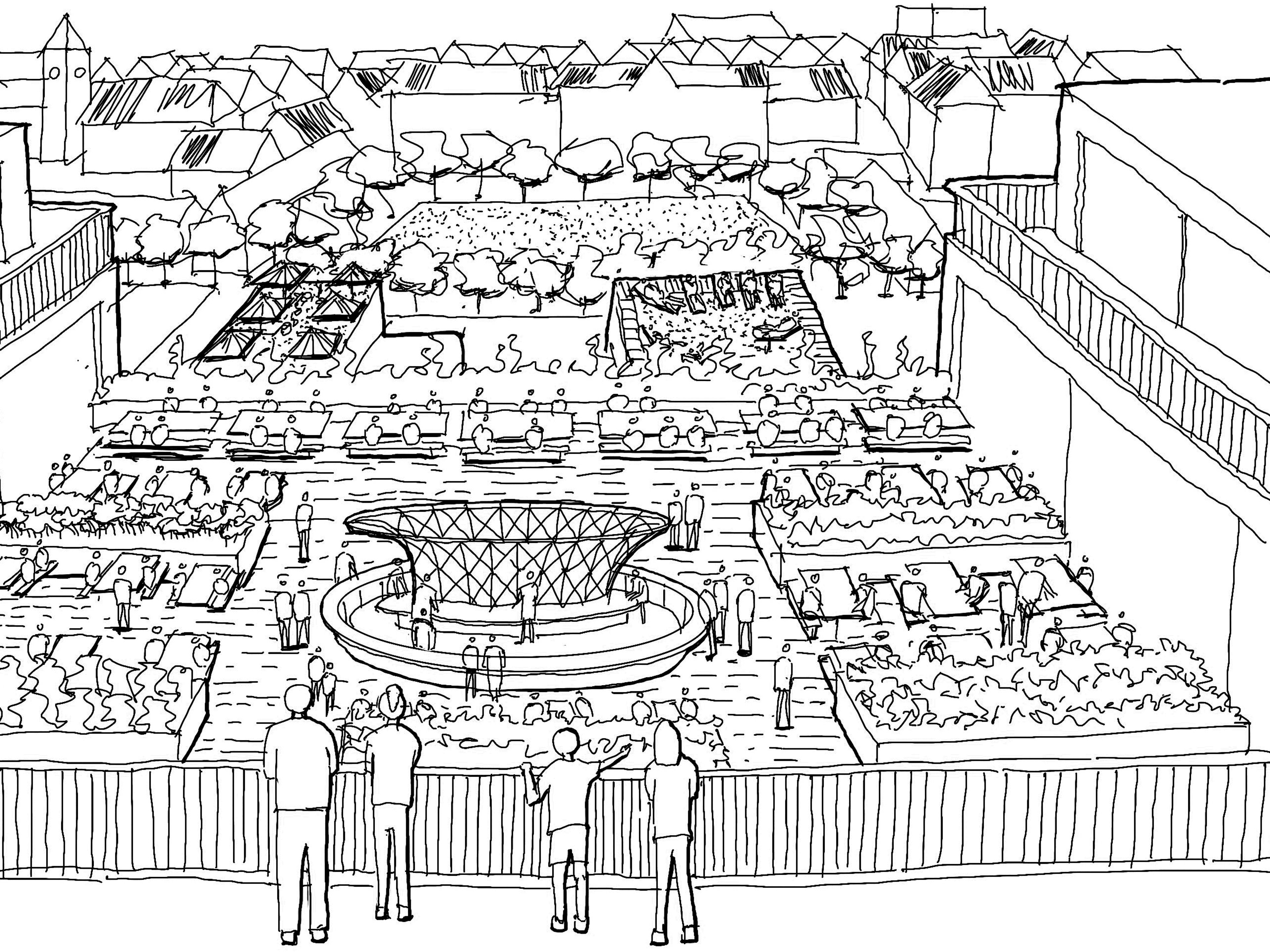State of the market – Hong Kong
by Jana Rock“You’ll now find in Hong Kong alternative malls built around strong brands that promote wellness and experiential shopping. These centres often incorporate galleries, co-working spaces and food outlets.”
The Hong Kong retail scene has changed dramatically in recent years. There are still the glitzy shopping malls that cater for the wealthy Hongkongers, mainland tourists and expats. But alongside these you’ll now find alternative malls built around strong brands that promote wellness and experiential shopping. These centres often incorporate galleries, co-working spaces and food outlets.

K11 Musea is one such destination, by New World Development. Located right on the harbourfront in Kowloon’s Tsim Sha Tsui (TST), it is set to open in summer 2019.
The building is designed with global millennials in mind. It showcases an extensive selection of international brands but is not solely about shopping. Instead, it blurs the interactive events space can host fashion shows to attract visitors beyond shopping as well as movie screenings to encourage caterers to serve food outside boundary between retail and other amenities by merging art and culture with retail. An outdoor the confines of their restaurants.
Musea also houses a public art collection, displayed across the building; a 550m2 flagship store by New York’s Museum of Modern Art (MoMA); and one of the largest integrated green walls in the world, with a surface area of over 4,600m2 – equivalent to 18 tennis courts.
Elsewhere in TST, the Ocean Terminal has maximised its seafront location to create a strong sense of place. Newly opened at the end of 2018, the old docks have been remodelled to offer shopping, pop-ups and family-oriented retail as well as F&B, all under one roof. Some of the restaurant’s terraces step down towards the harbour, giving views across to Hong Kong Island and beyond. Conveniently located on the ground floor are popular family shops and brands such as Bookcastle, Molo and Bonpoint, combined with restaurant favourites like Pizza Express, Muji Café & Meal and City Super’s cooked deli counter.
In 2010, the Hong Kong government established a new policy to make it easier and cheaper for developers to convert industrial buildings into non-industrial use, as long as they’re more than 15 years old. In 2018, two major new developments in former vacant heritage buildings – Tai Kwun and The Mills – opened their doors with new uses to the public.
The Hong Kong Jockey Club, in partnership with the Hong Kong Government SAR, invested HK$3.8 billion into the former development, converting an historical police station, barracks, armoury, magistrates’ court and prison into a carefully curated cultural complex that includes contemporary retail, performing arts spaces and galleries. Tai Kwun is located in Soho, one of Hong Kong’s prime real estate areas, and is bounded by the Central district’s skyscrapers.
Tai Kwun has brought 16 heritage buildings back to life with new concept restaurants, shops, workshop spaces and a teahouse. The complex allows people to walk through the former colonial Victoria Prison and Magistrates’ Court into what is now JP Contemporary, a not-for-profit new exhibition space, as well as 1,500m2 of smaller galleries. On the former prison steps, movies are screened and dance performances given, geared towards many demographics, including families.
Tai Kwun has also launched its own app that encourages a further level of engagement and interaction with visitors and customers. Designed as a game, it offers users rewards such as discounts at its restaurants.
With many Hong Kong factories relocating to mainland China or South East Asia, these two schemes are an important model for future mixed-use retail development.
Authors
Jana Rock is a Partner in Make’s Hong Kong studio, and is working on a range of mixed use interior design and architecture projects across Hong Kong and China.
LinkPublication
This article appeared in Exchange Issue No. 2, which explores the changing nature of the retail sector with contributions and design analysis from leading retailers, developers, consultants and more.
Read more

